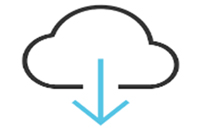

Artesion, Inc.
Infrastructure networks at military installations, such as power and water, are increasingly being integrated with cyber systems to improve visibility and control. At the same time, this integration can open these infrastructure systems up to new vulnerabilities and pathways for cascading failures. Therefore, this project has sought to develop methodologies for quantifying and strengthening resilience across different levels of cyber-energy systems, from ensuring resilient placement of sensors to examining the tradeoffs that edge computing can offer to balance efficiency and resilience. To bring these concepts together, the work has centered on developing a secure, zero-trust edge computing platform with the partner Artesion, Inc., that can allow federated data to be processed and delivered to end users even if normal networking services are disrupted. Results have been demonstrated at both Joint Base Lewis-McChord as well as ongoing work at Camp Humphries.
There are cascading impacts of complex interconnected systems. Below are some examples of issues arising from the Texas Polar Vortex of February 2021:
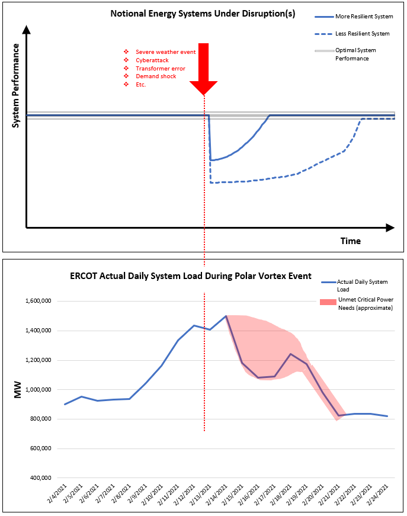
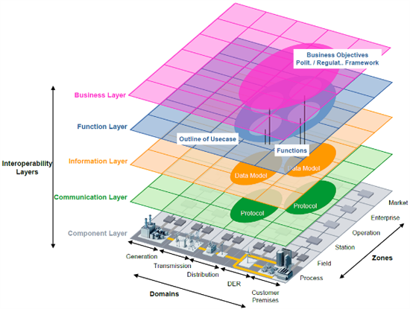
There is a clear need for System Resilience that encompasses ALL layers of cyber-energy systems.
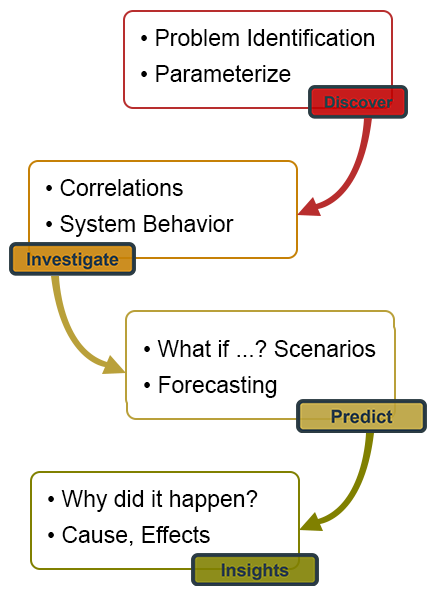
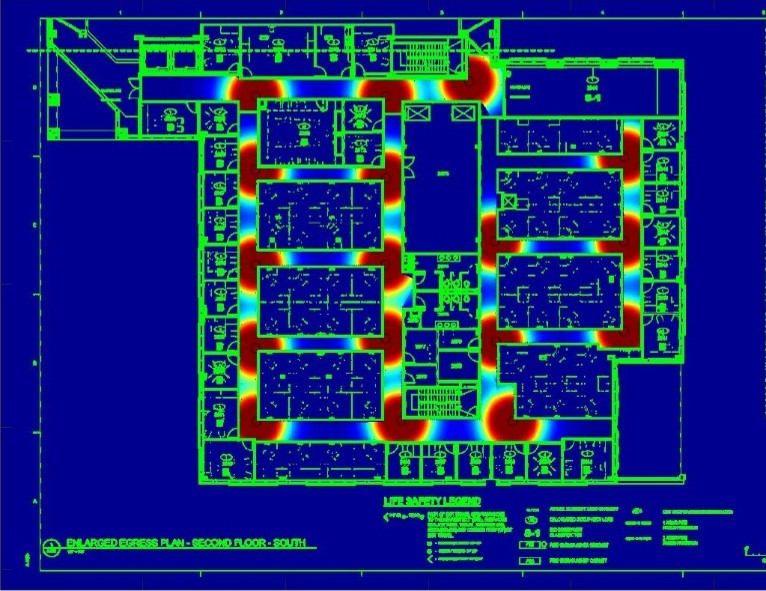
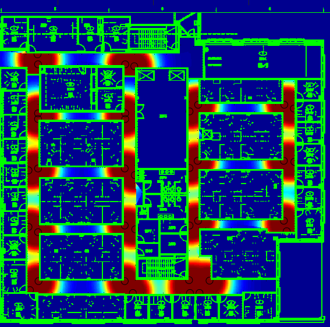

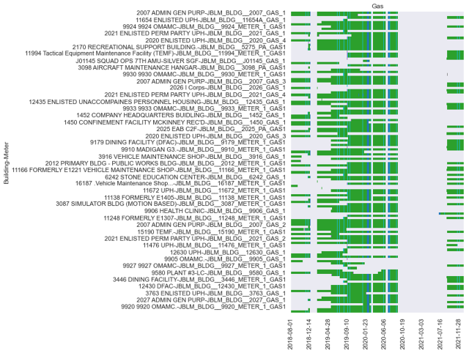
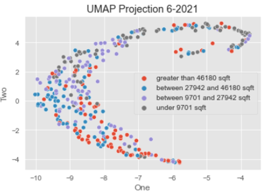
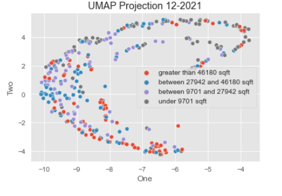
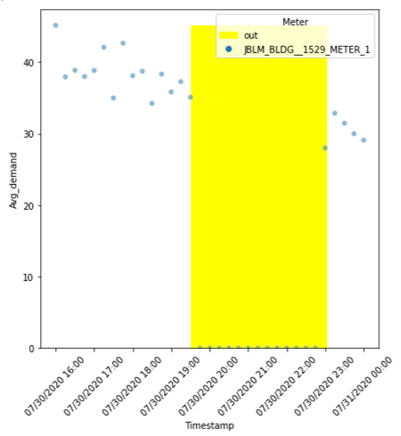
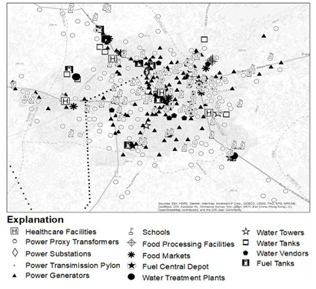
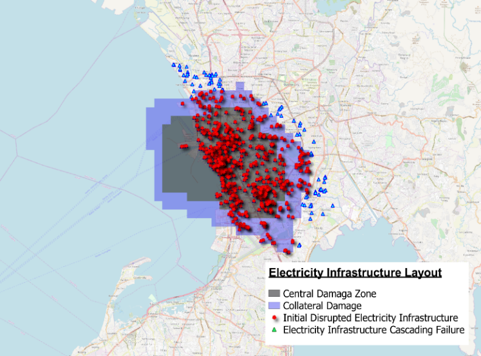
An Integrated Edge Compute Platform is needed to provide:



